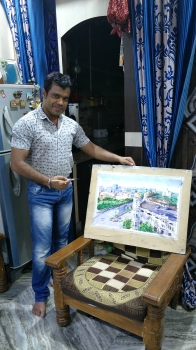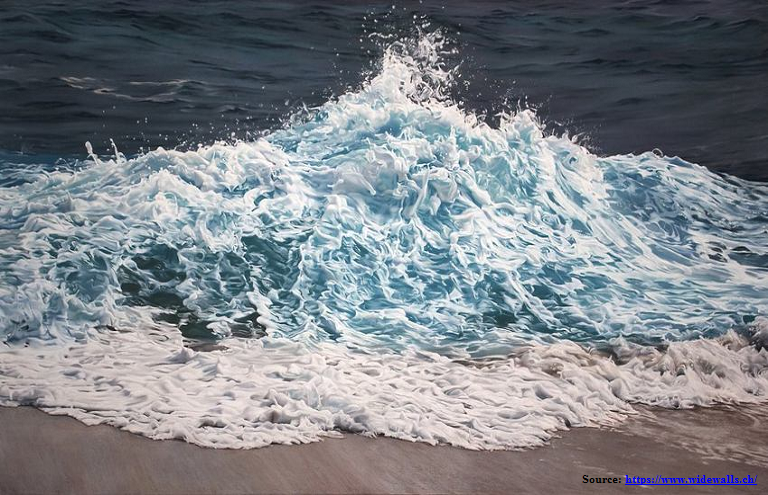
Thinking of great artists of all time like Leonardo da Vinci, Claude Monet, Vincent van Gogh, and Pablo Picasso, it is most likely that their oil painting portrait or works on canvas done in common mediums would come to mind. It is quite surprising that the master painters in the past dabbled in more than just oil, acrylics or tempera, with many having a penchant for oil pastel art.
Basically a crayon made of powdered pigments bound with either gum, clay, or resin, pastel comes in two forms, soft (sometimes called ‘chalk’) and oil. Each is produced with the same pigment that is used in other colored visual arts media, like oil paints, and offers an incredible range of colors with the ability to blend hues in exactly the same manner that artists paint pigment. The binder added is a neutral hue and low in saturation so that the vibrancy of the pigment is not affected. Sometimes referred to as ‘dry painting’, this artist material has a long history.
History of Pastel
The history of this versatile artistic medium can be traced back to the Renaissance. It is said to have originated in Northern Italy somewhere during the 16th century, and went on to become a favorite of the masters — Leonardo da Vinci and Michelangelo who used the pastel chalks for sketching. Unfortunately, the artists of this period had only a few basic shades available in their palette—black, white, and red, but today, there are more than 1,600 hues available!
It was during the 18th century that the pastel stick gained considerable popularity, particularly in the areas of England and France. At this time, it was quite in trend to have your portrait created with a combination of pastel and gouache paint. However, the medium faded in influence both during and after the Revolution (early 19th century) in France because it was widely associated with the frivolity of the Ancien Régime. Around the same time its popularity also waned in Great Britain.
As the 1800s wore on, pastel eventually found their place with artists again. Sometimes used to sketch preliminary art studies or create impeccable art paintings, oil pastel has played a major role in the practices of many artists. Here, we take a look at the ways in which some of the world's most famous artists have employed the versatile medium throughout history, and how also they have helped shape the art practice as we know it today.
-
Edgar Degas
French artist Edgar Degas is one of the most prolific pastel artists and has created over 700 incredible oil pastel colour paintings and drawings. An Impressionist, he initially turned to this medium out of his financial needs as there had always been good demand for his small drawings, he eventually grew to prefer using pastel sticks for the experimental capabilities of their colors.
Degas would conduct different color tests on these pastel sticks to come up with one-of-kind palettes in his works, the most famous being voyeuristic depictions of bathers and scenes of agile ballet dancers on stage (image below). Knowing that some pastel colorants fade when exposed to direct sunlight, he would put his pastels out in the broad daylight so as to bleach fugitive colorants out of them and then apply on his canvas creating breath-taking effects. Also, he often created a pastel paste by moistening the sticks with water and mixing it with an adhesive such as casein, this gave the appearance of paint applied with a brush. His experiments with pastels did not stop there, he would even go selectively moistening pastel passages with steam or hose it with boiling water and then apply the dissolved pastel using a brush upon a translucent layer of color. Undoubtedly, he had excellent control over this versatile medium, he knew how to transform these pastels so as to put them to their best use, sometimes beyond its limits.

-
Jean-Francois Millet
A prominent figure of the Realist Movement, Jean-François Millet preferred featuring the working-class community in his paintings. After all, he believed that “Peasant subjects suit my nature best, for I must confess . . . that the human side is what touches me most in art.”
Like famous Romantic artist Eugene Delacroix, Millet would also employ oil pastel to sketch out ideas for his artwork featuring his favorite subject of peasants. However, he excelled in the medium and used the pastel crayons to produce delicate paintings of nature, including sunlit landscapes, serene seascapes, and captivating studies and oil pastel colour painting of flora.
His whimsical Dandelions (image below) done in pastel on paper clearly displays his skill as a draftsman and colorist. Employing the oil pastel crayons, he has painted flowers and dandelions in all phases from seed to bud wherein he has used the rich variety of greens in a masterly way to capture the airy delicacy of the dandelions.
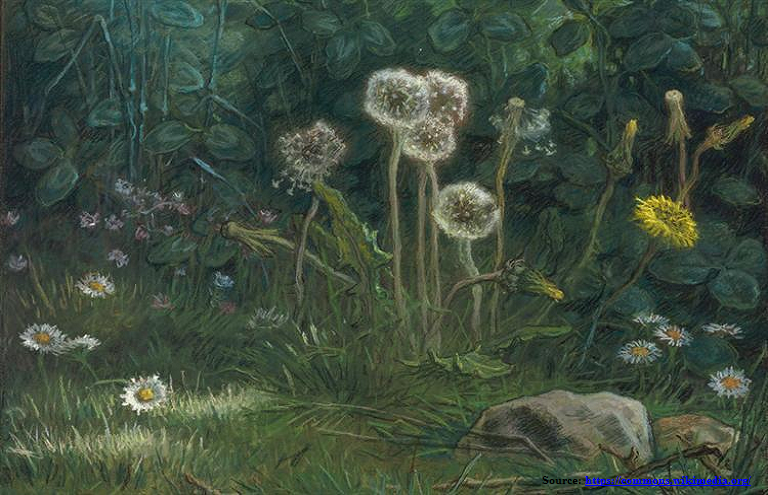
-
Mary Cassatt
Like fellow Impressionist Edgar Degas, Mary Cassatt pushed pastel drawing to its limits and even beyond in her own style. In fact, it was the experimental pastel drawings of Degas that first attracted the American painter to the medium, as she explained: “I used to go and flatten my nose against that window and absorb all I could of his (Degas') art. It changed my life. I saw art then as I wanted to see it.”
She was quite fascinated by the incredible aesthetic factors closely tied to the medium’s material properties such as the speed of execution, a vast array of ready-made colors, and easy adaptability to draftsmanly and broad painterly handling.
Taking inspiration from the works of Degas, Cassatt eventually developed a distinctive artistic style of her own. With mothers and children as her signature motif, she would create portraits that simultaneously explored the serene moments through vivid palettes and vibrant energetic strokes—characteristics inherent to the oil pastel.
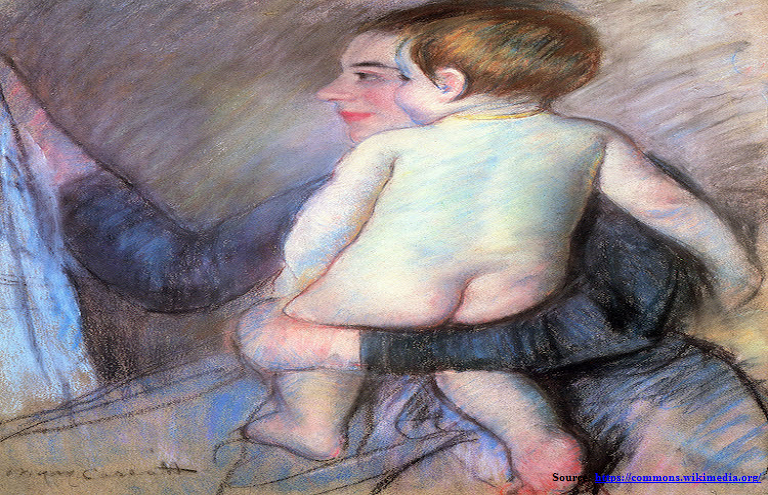
-
Pierre-Auguste Renoir
Impressionist Pierre-Auguste Renoir was strongly drawn to oil pastel. This French artist often applied a soft touch of pastel crayons in his oil paintings, which resulted in hazy strokes and blended colours, making the sticks a perfect artistic tool for him.
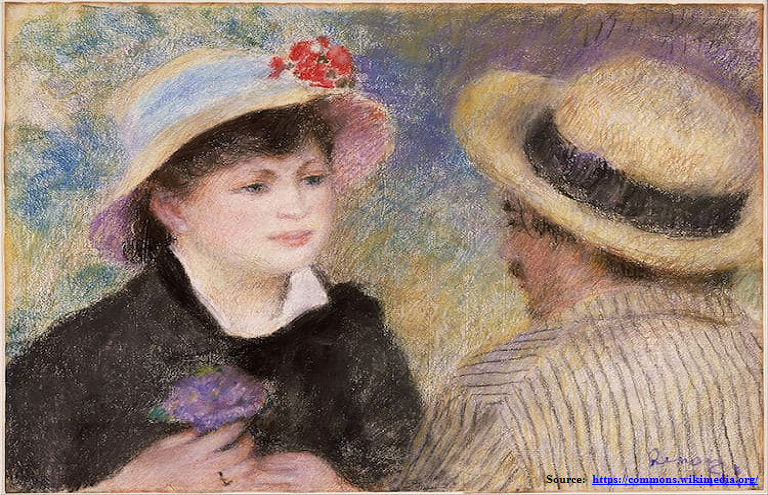
It was in the middle of the 1870s that Renoir first explored the medium of oil pastel and fell in love with them. Afterward, he regularly exhibited his oil pastel colour painting, he even included one of the works in pastel in the first Impressionist Exhibition in 1874. However, he typically reserved this medium for personal depictions of his friends and family, as it enabled him to make realistic portraits of his close kin. Combining color with line, pastel gave him the possibility of working quickly to capture in all their vividness the spark of intellect and the fleeting show of emotion in the portraits of his dear ones.
-
Eugene Delacroix
Famous across the world for his larger-than-life art paintings bursting with drama, Romantic artist Eugène Delacroix often created pastel drawings before he applied paint to canvas, in order to map out his painting compositions, try different tones, and perfect his elements as well as figures.
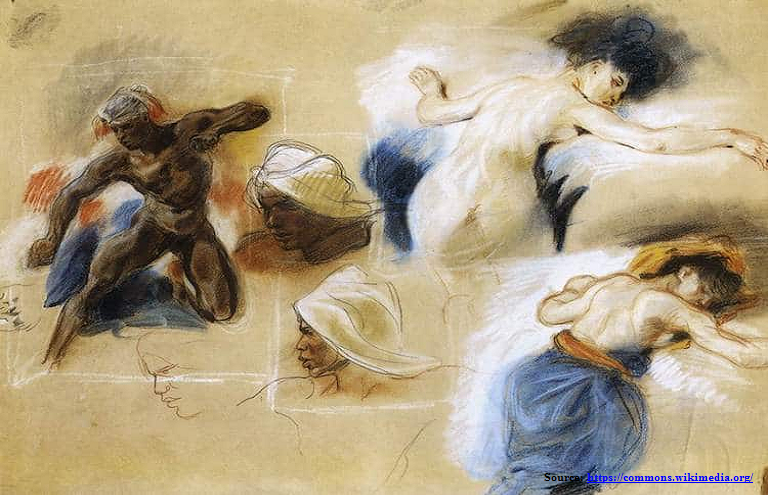
Time and again, he composed a preparatory sketch using oil pastels and craft studies—like his Sketch for The Death of Sardanapalus (image above), one of his most well-known works—that facilitated in his art. He notes, however, that transforming a simple basic drawing into a polished painting with intricate detail was not without its challenges.
“The original idea, the sketch, which is so to speak the egg or embryo of the idea, is usually far from being complete; it contains everything, which is simply a mixing together of all parts. Just the thing that makes of this sketch the essential expression of the idea is not the suppression of details, but their complete subordination to the big lines, which are, before all else, to create the impression. The greatest difficulty therefore is that of returning in the picture to that effacing of the details which, however, make up the composition, the web and the woof of the picture.” — Eugène Delacroix in Artists on Art: From the 14th to the 20th Centuries.
-
Henri de Toulouse-Lautrec
Post-Impressionist Henri de Toulouse-Lautrec was another famous artist who was strongly influenced by pastel creations of Edgar Degas. He was particularly inspired by Degas’ approach to portraying women — without their extraneous frills and shown as though somebody was peeping through the keyhole.
His deep influence with the works of Degas is particularly evident in his paintings featuring scenes with setting in brothels. Entirely different in theme and representation from his glitzy posters celebrating the star-studded nightlife of Paris, these intimate pastel drawings offer audiences a wholesome glimpse into the capital city's most vulnerable section. In some of his drawings, women are portrayed enjoying a soiree in the spaces within the brothels, all decked up (image below), while in some, women are shown waiting in line for regular public health check-ups. In any case, Lautrec sought to represent a true glimpse of life behind closed doors, as he once said “I don't comment, I record.”
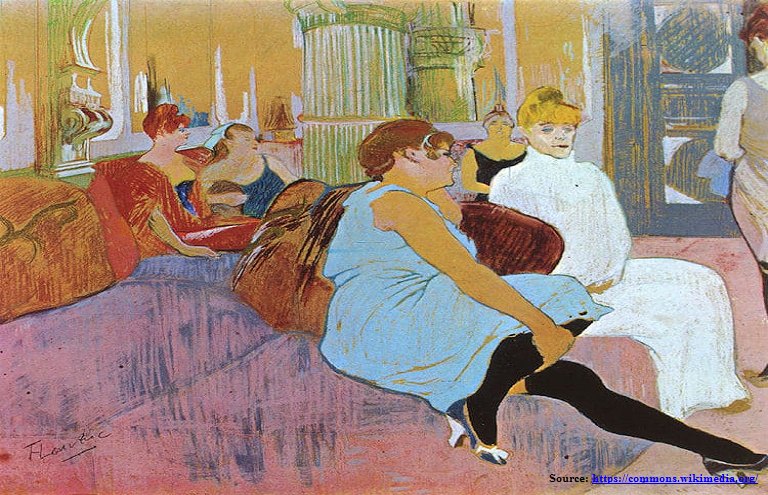
-
Pablo Picasso
Modernist master Pablo Picasso successfully donned many artistic hats. While he is predominantly known for his stylistic paintings, avant-garde sculptures, and uncanny collage work, not many know that he also dabbled in oil pastel and that too professional-grade ones.
The pastels that had been on the market since 1925 were typically low in quality and were meant for younger artists and students. Picasso seeking a high-quality version of oil pastels that could be used on a variety of surfaces without fading or cracking, approached his friend and fellow artist Henri Goetz in 1949, asking him to get in touch with the popular art supply manufacturer Henri Sennelier and request him to create a new and improved oil pastel. Shortly after this the French art supplier produced professional-quality oil pastel for Picasso and later went to selling their incomparable pastel sticks, and the rest is obviously history, a glorious one!
The most popular pastel creation of Picasso is Head of a Woman (image below). Believed to be a study for his famous oil painting portrait Three Women created in the autumn of 1921, this work features a bust of a woman in a pensive mood. Done in subtle shades of pastels, the work displays the apparent ease shown by him in the way that he employs a complex pastel medium.
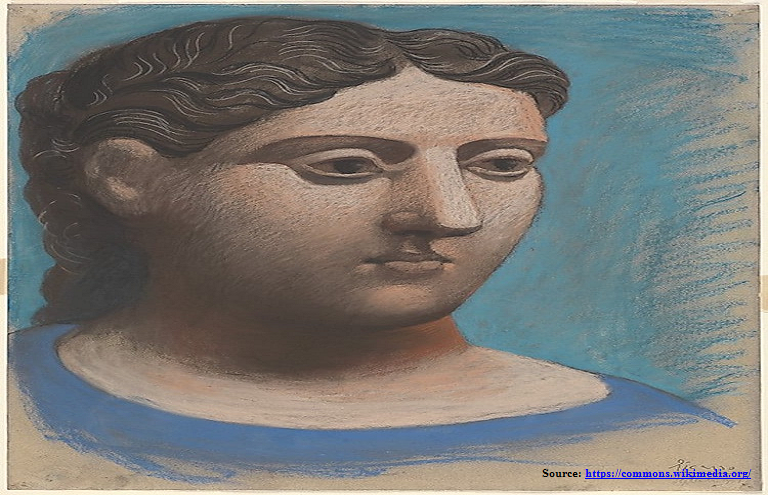
Wrap Up
Feeling inspired? So, if you are planning to try your hands at this versatile medium before you set off to paint don’t forget to explore the techniques and the incredible possibilities built by these masters in art history.
During your pastel art journey, make sure to find time to get familiar with the basics of pastel, its types, and characteristics, different methods of blending it perfectly so as to have looked more like paint and other essential materials you would probably want to use when you paint with them. This will help you gain a valuable understanding of what kind of pastels will work best for you.
Be ready to play in the world of pastels without all the mess, try painting the art in your signature style, for example, if your forte is landscape art, you can capture a sunset scene using pastels in pencil form, or if work mostly in still life, draw a realistic apple or any fruit of your choice.
Always remember that the best way to hone your artistic skills is to practice, practice, and practice again!














